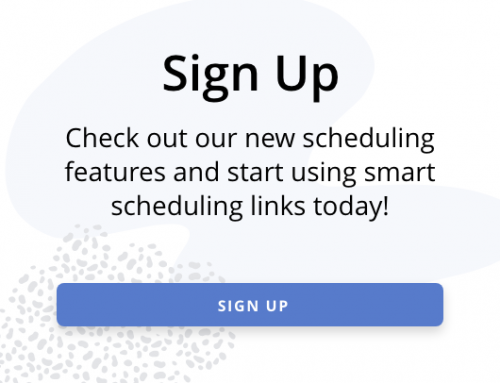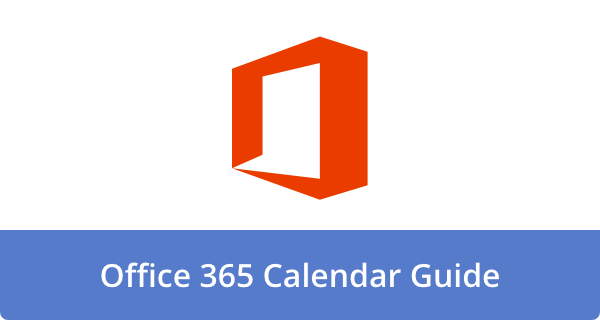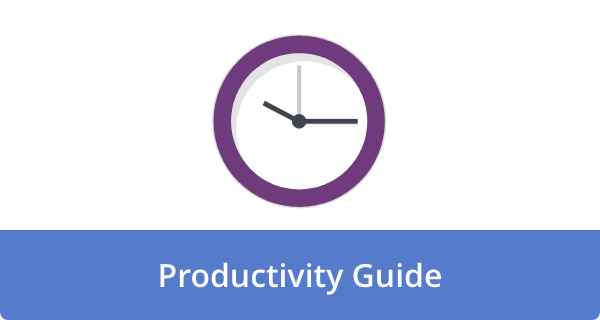

If you feel slammed yet end the day wondering what you actually shipped, your meetings are the prime suspect. Microsoft’s Work Trend Index shows calendars filling earlier and later as the “infinite workday” creeps in. At the same time, research published in the MIT Sloan Management Review found that even one meeting-free day can improve autonomy and productivity. Meetings are not the enemy. Sloppy meeting habits are. The fix is not another tool or a motivational slogan. It is a set of simple constraints that gives time back to focused work, decision-making, and execution.
Below are six everyday habits that quietly burn hours. For each, you will find a practical correction you can apply this week and a way to track results.
1) Kicking off without a clear decision owner or outcome
The fastest way to waste 30 minutes is to start with “let’s sync” instead of “we will decide X.” Without role clarity, talk expands and accountability diffuses. Decision frameworks, such as Bain’s RAPID, clarify who recommends, who provides input, who must agree, who makes the decision, and who executes it. Before the meeting, name the decision and assign the D, A, and R at a minimum. Put the decision statement at the top of the invite and open by reading it. Track it with a simple decision log that includes date, owner, choice, and follow-ups. You will see cycle time shrink.
2) Default-inviting instead of intent-based invites
Invites often reflect politics or caution, not value. Oversized rooms increase multitasking and side quests, which research from Microsoft has linked to longer, less effective sessions. Use a two-step roster check. First, list the roles needed to decide or do the work. Second, apply the 3-P filter: Presenters, Providers of critical input, and Participants who will perform next steps. Everyone else receives a concise async summary. Set an expectation that observers use recordings or notes. Watch meeting size drop and engagement rise.
3) Turning status updates into real-time meetings
If the purpose is to share information, do not consume prime focus hours with a live call. Async updates protect deep work and reduce after-hours creep that Microsoft and others have documented. Move recurring status to an async rhythm: a two-slide template or a 5-bullet check-in posted by noon the business day before. Reserve a short weekly office hour for blockers only. Measure success by the cut in meeting minutes per week and the increase in resolved blockers per live session.
4) Letting time expand to fill the calendar slot
Sixty minutes is rarely the right duration. Parkinson’s law guarantees you will use whatever you book. Research on meeting fatigue points to long, recurring sessions as a key driver of lost energy. Timebox intentionally. Default to 25 or 50 minutes, set a midway decision checkpoint, and keep a parking lot for off-topic items. End once the outcome is achieved, even if time remains—track “decision per minute” by counting material decisions or approvals divided by meeting length. You will quickly see which sessions deserve renewal.
5) Never auditing recurring meetings
Recurring meetings become institutional furniture. Attendance erodes, purpose drifts, and no one owns the stop button. Run a monthly audit. Pull a three-month view of all recurring series, then apply a simple keep, cut, compress test. Keep only those with a documented outcome that still matters. Cut series with flat or declining attendance, no decisions recorde,d or duplicated scope. Compress by shifting biweekly to monthly and trimming durations by 25%. Tie renewals to a written purpose, agenda, and success metric. Calendar hygiene saves hours with no loss in outcomes.
6) Scheduling over focus time and outside work hours
When calendars are open season, focus time gets chopped into confetti and work spills into nights and weekends. Studies on meeting-free days show measurable gains in productivity and stress reduction when teams protect blocks for deep work. Establish guardrails: a shared focus window each morning, one meeting-free day per week and a hard stop for last meeting start time. Encourage async for cross-time-zone updates. Track two metrics for 30 days: preserved focus hours per person and after-hours meeting count. Expect better throughput and fewer late-night logins.
Closing
Meetings should accelerate decisions and alignment, not drain the day. You do not need a culture overhaul to reclaim time. You need firmer defaults. Name the decision, invite with intent, push updates async, timebox, audit the recurring pile, and protect focus windows. Start with one team for two weeks and measure minutes saved, decisions closed, and after-hours reduction. The calendar will tell you what is working.
Photo by Erik Mclean: Pexels











Aaron Heienickle